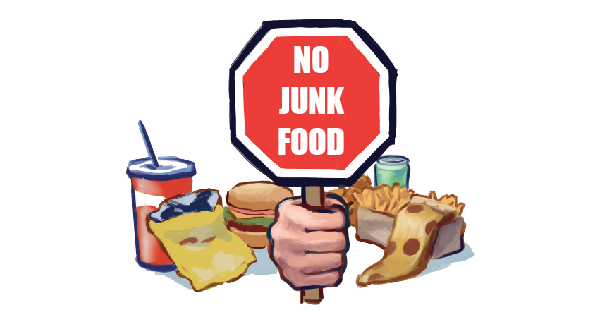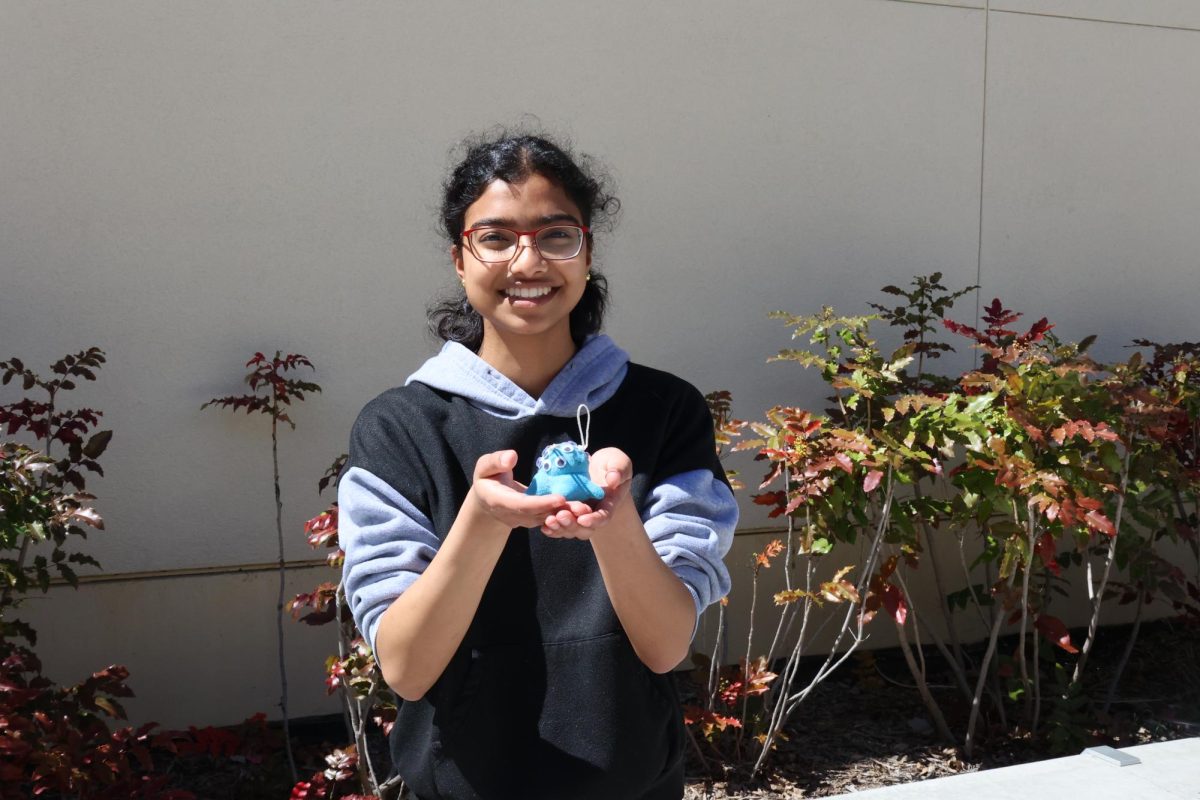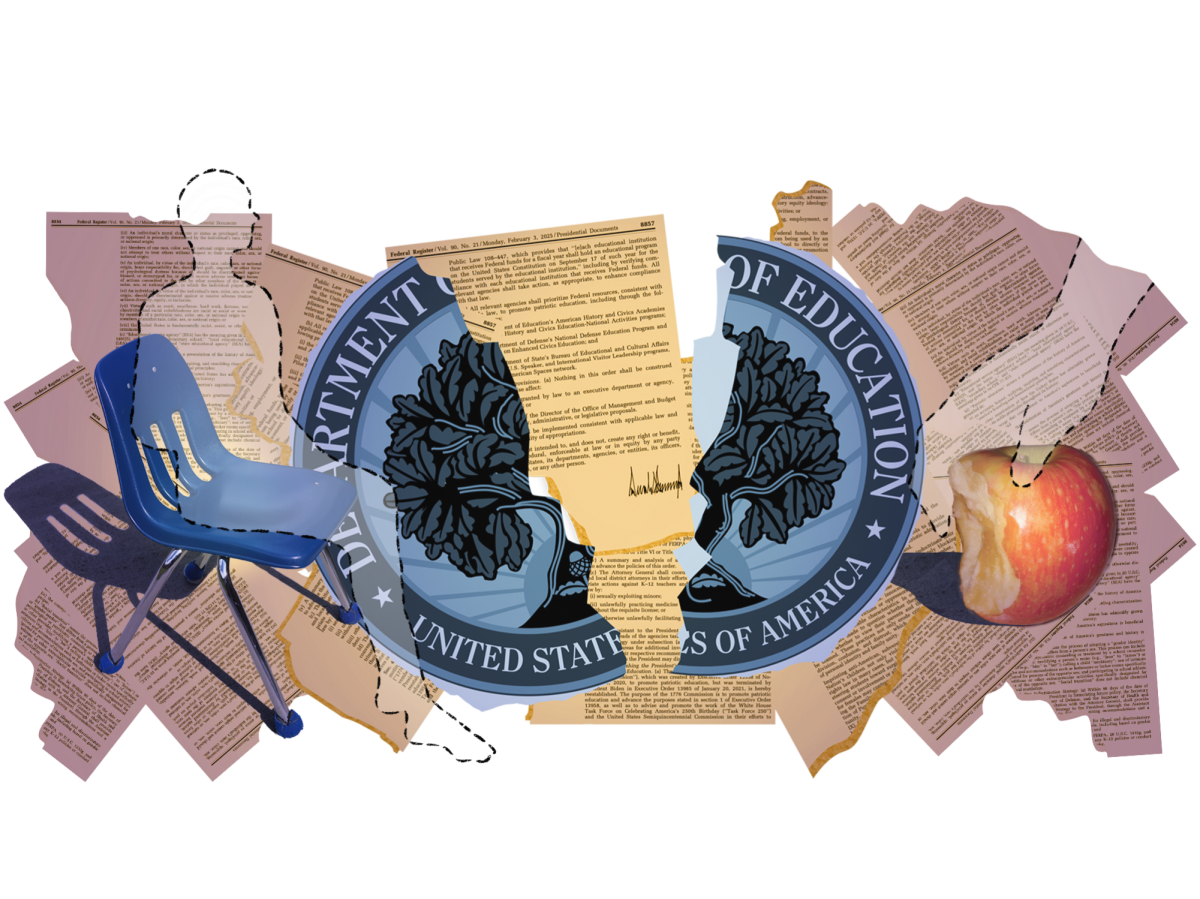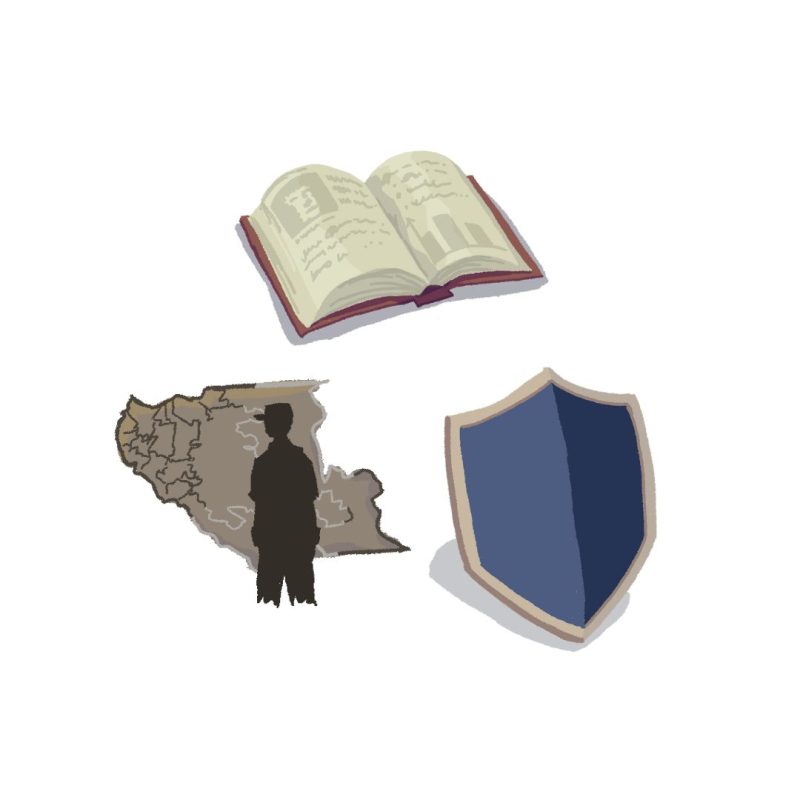Written by Kathleen Xue
The new California Department of Education Food Regulations became activated for schools throughout the state on July 1, 2014. The new California Code of Regulations Sections 15501 and 15578 include more dietary restrictions on school breakfasts, snacks and organization and club food products. In addition, the Academic Center (AC) and library have restricted all food in the library due to legal concerns.
Food & beverage regulations
The main meal changes were school breakfast nutritional adjustments, making it mandatory for school administration to enforce students to take one serving of fruits or vegetables along with their meals. According to California Code of Regulations Section 15577, new specific restrictions include caloric, fat, saturated fat and sugar restrictions. Caloric restrictions for high schools must not exceed 250 calories per snack item and 400 calories per entrée item. Food items must also not contain more than 35 percent of their calories from fat, 10 percent of their calories from saturated fat and 35 percent sugar by weight. Moreover, food items sold in combinations, such as pita and hummus, are considered as one food item under the new restrictions. According to PAUSD Nutrition Services Director Alva Spence, however, these new limitations are not always effective because students have been seen to purchase more food items as a result of the calorie cap. Hungry students may purchase two or three servings of snacks to compensate for the new regulations. According to profit results from previous years, despite the switch to lower calorie meals and snacks, sales have not stagnated but instead have increased, suggesting that the students have increased consumption due to the decrease in nutrients per food product.
Food items are not the only ones receiving new limitations; beverages now have a list of their own required guidelines as well. Some of the new requisites for beverages include: water must be the first ingredient, no more than 2.1 grams of added sweetener per fluid ounce, no caffeine and at least ten milligrams but no more than 150 milligrams of sodium per eight ounces. These regulations are actually stricter than FDA school requirements. When Canteen food vendors mistakenly filled Gunn vending machines with zero-calorie Coke and Dr. Peppers in September, it was because they were following national guidelines and not new state guidelines.
The trend of stricter guidelines will continue over the course of the next eight years, according to Spence. The state is currently undergoing a ten-year plan and 2014 marks its second year. It is expected that state regulations will continue to lower sodium and sugar levels over the next few years, and lines to be stricter than national guidelines.
Competitive club sales
Though there have been many meal changes with new state food regulations, the tightening of competitive sales regulations has received much more attention. According to Spence, the new code requires all student organizations to sell within the state nutritional requirements, including strict limits on sodium, sugar and saturated fat. “For clubs and groups, the main issue is probably the rule of not being able to prepare the food item on campus,” Spence said. “California is actually more strict than USDA guidelines, and the maximum calorie limit for snacks is now 200 calories.”
Clubs and organizations that do meet the new food regulations can only sell half an hour after school ends and must stop before midnight. “Clubs are going to see less revenue from food fundraisers,” Spence said. “It creates another level of complications for both staff and students.”
The new club regulations have already seen considerable student backlash. Student Activities Director Lisa Hall believes that the change will prove to be difficult, but it will be manageable. “There are definitely student groups who are disappointed,” Hall said. “One of our challenges this year is that the Fall Club Food Fair is going to have to meet the nutritional guidelines as well, so one of the jobs of the event team is to help clubs figure out types of ways to fundraise without food, or having an event that somehow also meets the requirements by the state—and they are working on that right now.”
However, clubs are not the only ones affected by the new competitive sales regulation—according to Hall, student organizations such as Student Executive Council (SEC) will also have to alter their annual Candy Gram sales to meet nutritional standards. “What we need to think about is what are some ways to promote ourselves and also make some money,” Hall said. “So there’s a lot of things that can be done—events or activities with selling T-shirts, or selling non-edible products that have to do with the organization like publications, or wrist bands, or things people can wear, things people can use in some way,” she said. “[New kinds of fundraisers] may a bit more expensive and may take more time, but if promoted properly, it can still be a really valuable fundraiser.”
Changes in the AC and Library
Beginning September of this year, the AC and the library no longer allowed food consumption within facilities. The new direction for both spaces has been spurred by the change in leadership in the library. Co-librarian Brian Tuomy hopes to return the library and the AC to a studying environment and observes Clause 2 of the Williams Act, that states that “School facilities must be clean, safe, and maintained in good repair.”
Tuomy views food consumption within the library as disruptive to the hygiene and safety of facilities, as seen in previous years. According to Tuomy, the Gunn library is the only one in the district that allowed food to be consumed within the building. This caused the area to become littered with food waste, requiring custodians to spend one to two hours per day tidying up the library alone. Tuomy believes that the library, an environment for studying, has slowly become a socializing center for students over the past few years with the allowance of food. According to Tuomy, with the prohibition of food within the library will return it to the quiet space it was five years ago.
Academic Center Resource Specialist Pam Steward agrees, stating that the AC and library are meant to foster education, and should not be filled with potential food waste. “The AC was supposed to be for tutoring and studying,” Steward said. “I personally like the environment because it’s relaxing, but we need to remember that this place isn’t just about hanging out and eating, and students do need to work.” The AC will no longer sell food after school.
As a result, the AC has comprehensively tightened its guidelines to be similar to those of the library in order to improve the AC’s academic atmosphere. “The AC should be a place to get tutored, a place to do homework with the help of the textbooks and a place to use computers for academic purposes and to print academic assignments,” Steward said. “With the inclusion of food and recreational uses of the computers, it was just too loud in the AC for tutoring to get done, and the tutors and students could not hear each other.” Now, according to Steward, with less litter in the AC, computers are less difficult to maintain and the overall interior of the AC is much more sanitary for studying and getting work done.














